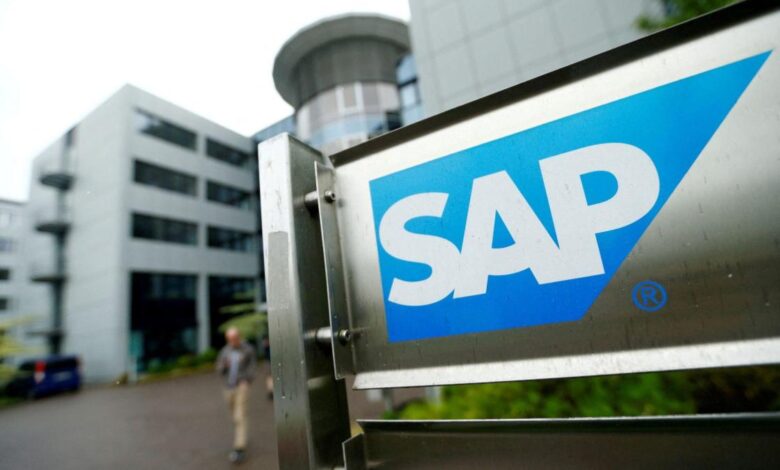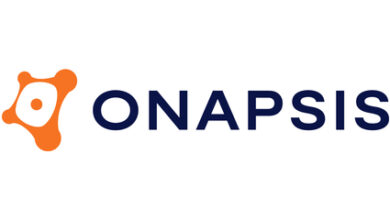Businesses look at cloud to co-innovate at scale: SAP Indian subcontinent President Manish Prasad – Digital Transformation News

India is one of the fastest-growing markets for SAP in the region and globally, and a strategically important hub for innovation and growth, according to Manish Prasad, the newly appointed president and MD for SAP Indian subcontinent. In this role, Prasad will advance SAP’s move to the cloud and help customers make a digital transformation. In an interview, he spoke to Sudhir Chowdhary about the German business software maker’s roadmap for the Indian market. Excerpts:
How do you see India contributing towards SAP’s overall growth?
In the last 27 years, it’s truly been heartening to see the role we’ve played in carving India
What are the factors driving SAP’s growth in the country?
Our brand’s strong establishment is evident through decades of customer loyalty and continuous value extraction from the SAP platform. We stand out by solving real-time business challenges. Over the past two decades, SAP has transitioned from a system of records to a system of engagements and now to systems of intelligence. This evolution resonates with customers who perceive us as catalysts for co-innovation by leveraging platforms such as SAP Business Technology Platform (SAP BTP), amplifying our growth .
What are the top three asks you get from customers today?
There are three main things we’re looking at. First is how do we relate the entire customer journey in terms of value creation for the investments that they have made towards technology. Second is talent, that is, making the right talent with right skills available to Indian enterprises with governance that creates the expected value too. Third is co-innovation. A lot of customers are coming to us wanting to co-innovate and build something that’s unique to meet their requirements.
How do you see the cloud market growing in the next two years?
The cloud market
After ERP and cloud, what is SAP’s next big technology focus?
As an ERP software provider, we don’t simply focus on cloud-based tech platforms; we also strive to improve business intelligence and process efficiency. Furthermore, we have developed a variety of platforms. Our approach is to look at enterprises holistically, consider each function within a firm, and go further into a particular industry in terms of domain applications or industry-specific procedures. Each process is examined horizontally, and two layers are added on top of it. The first is integrating business AI into every aspect of business. The second is to highlight the significance of sustainability. Ultimately, I believe that the first step toward capturing sustainability KPIs is for every firm to begin measuring its carbon footprint and the disparity in operations across all levels.
How is SAP leveraging AI as a catalyst for digital transformation?
One use case we’re exploring is regulatory change management. Essentially, this means that when any policy change happens, we first examine how the business processes and technology platforms are impacted. If there’s a change happening, where in the application do we need to make changes? Is there an interface that needs to happen or does some sort of communication that needs to go into the wider ecosystem? This demonstrates the ability of GenAI to comprehend regulatory changes.
Another example is conversational AI, which streamlines access to SAP help documentation. Instead of searching through extensive documentation manually, users can utilise conversational AI to quickly find relevant information and receive insights on problem-solving.



